Pressure testing is an essential process in ensuring the durability and reliability of pipe fittings used across various industries. Whether for residential plumbing, commercial heating systems, or industrial gas pipelines, fittings must withstand the pressures they will encounter during operation without failure. This article will explore the significance of pressure testing in verifying the strength and integrity of fittings, with a focus on certain critical components such as corrosion resistant check valves, gas PRV valves, and commercial gas valves.
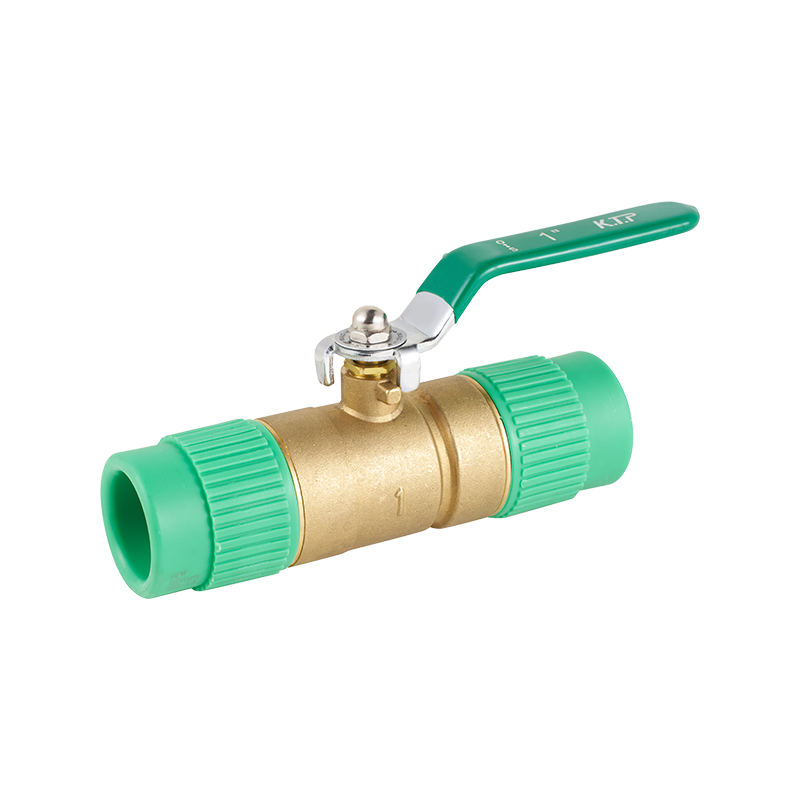
Pipe fittings play a vital role in connecting pipes, directing flow, and controlling the movement of fluids and gases within a system. Given the varying pressure conditions these fittings face, it is crucial to confirm their ability to hold up under operational stresses. Pressure testing, typically conducted by applying a controlled internal pressure higher than normal operating pressure, helps identify weaknesses, leaks, or potential points of failure before the fittings are installed in service.
One of the key components often subject to pressure testing is the corrosion resistant check valve. Check valves serve to prevent backflow and maintain unidirectional flow in a pipeline. Because they frequently come into contact with liquids that may cause corrosion, such as water with varying pH levels or industrial fluids, the material used must resist degradation over time. Pressure testing of these valves not only verifies their sealing capability but also ensures that the valve body and internal components can withstand pressure cycles without deforming or failing. A corrosion resistant check valve that passes pressure tests provides confidence that it will maintain its performance and durability in challenging environments.
In gas distribution and control systems, components like the gas PRV valve are crucial. PRV stands for pressure reducing valve, which regulates and reduces pressure from a higher-pressure source to a safer, more usable level. These valves must reliably maintain set pressure levels to avoid damage to equipment downstream or safety risks. Pressure testing gas PRV valves is necessary to confirm their ability to function accurately under pressure fluctuations. During testing, the valve is exposed to pressures exceeding its standard working pressure to observe how it responds and whether it can sustain its structural integrity and sealing under stress. A well-tested gas PRV valve plays an important role in ensuring the safety and efficiency of gas systems, both commercial and residential.
Similarly, commercial gas valves are widely used in heating, cooking, and industrial applications. These valves control the flow of gas and must be robust enough to handle pressure changes without leaking or breaking. Pressure testing commercial gas valves typically involves applying static and dynamic pressure conditions to simulate real-world usage. Through this process, manufacturers and engineers can detect manufacturing defects, material inconsistencies, or assembly errors that might otherwise go unnoticed. Validating the durability of commercial gas valves through pressure testing helps prevent failures that could advance to gas leaks, equipment damage, or safety hazards.
Besides detecting leaks and weaknesses, pressure testing also serves as a quality assurance step. It verifies that the fittings and valves comply with relevant industry standards and specifications. For corrosion resistant check valves, gas PRV valves, and commercial gas valves, passing rigorous pressure tests confirms that the products meet required strength and safety benchmarks before they reach customers.
Another important aspect of pressure testing is the simulation of long-term use. Pressure cycles applied during testing mimic the repeated pressurization and depressurization a fitting would experience during its service life. This simulation helps assess how well materials and seals will hold up over time. Fittings that withstand these cycles without degradation are less likely to require frequent maintenance or replacement, offering a more reliable and cost-effective solution for end users.
In practice, pressure testing can be conducted in different ways depending on the application and material of the fittings. Hydrostatic testing, which uses water or other incompressible fluids, is common due to its safety and ability to detect small leaks. Pneumatic testing, using compressed air or gas, may be applied in some cases but requires additional precautions due to the potential energy stored in the compressed gas.
For all types of fittings and valves, including corrosion resistant check valves, gas PRV valves, and commercial gas valves, proper pressure testing protocols must be followed. These protocols define the test pressure levels, duration, inspection criteria, and acceptance limits to ensure consistent and reliable results. Industry standards and codes often guide these protocols, providing a framework that manufacturers and system designers rely on to guarantee performance.
In conclusion, pressure testing is a critical step in verifying the durability and reliability of pipe fittings and valves. It provides essential assurance that components like corrosion resistant check valves, gas PRV valves, and commercial gas valves can safely operate under expected pressures. By detecting flaws early and simulating real-world conditions, pressure testing helps maintain system safety, reduces maintenance costs, and extends the service life of fittings. As such, it remains an indispensable practice in the design, manufacturing, and installation of piping systems across multiple sectors.


 English
English русский
русский Español
Español عربى
عربى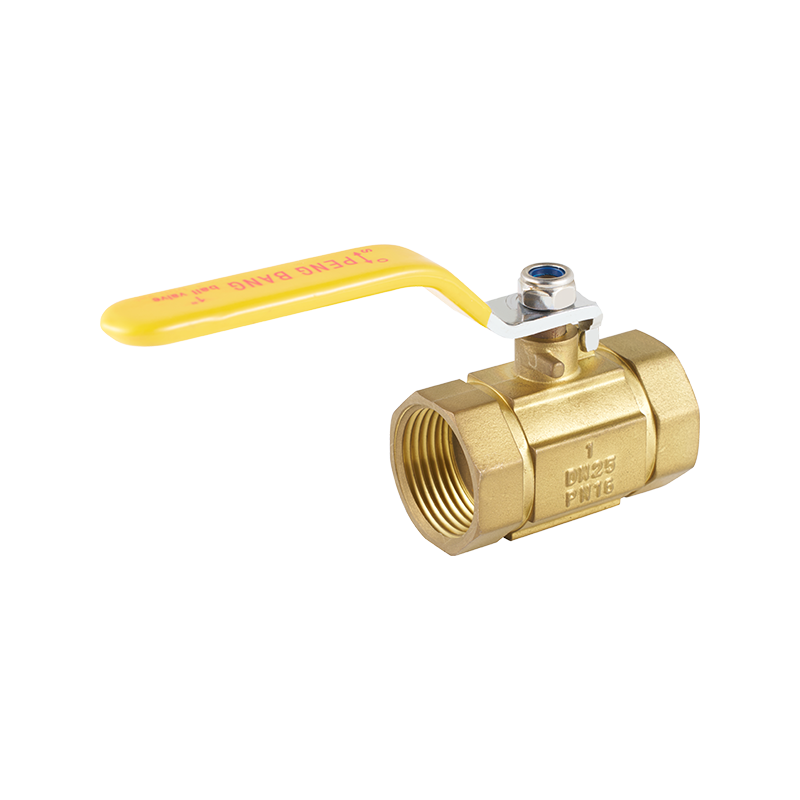

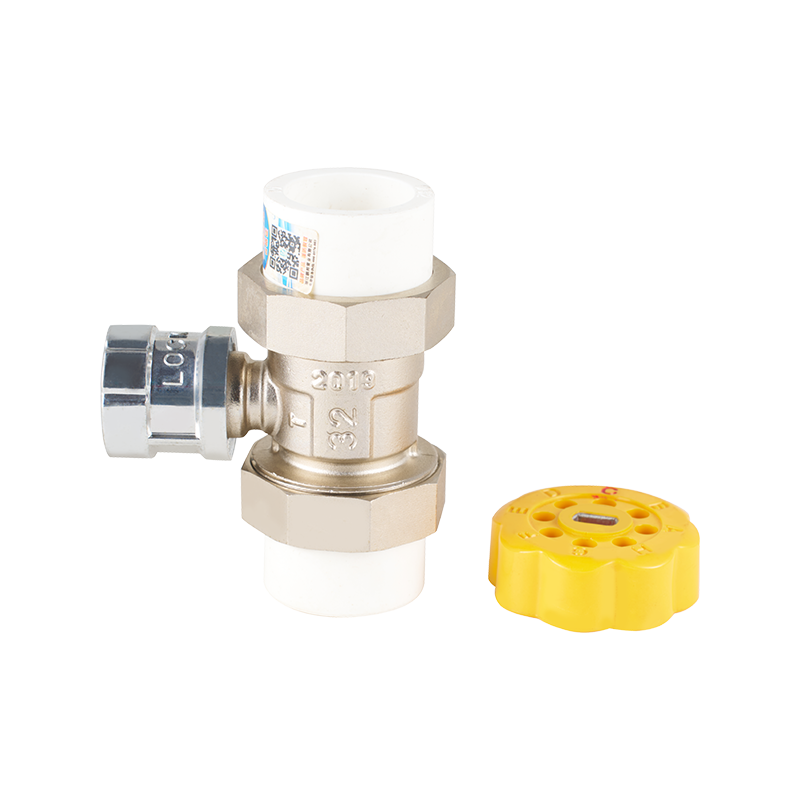
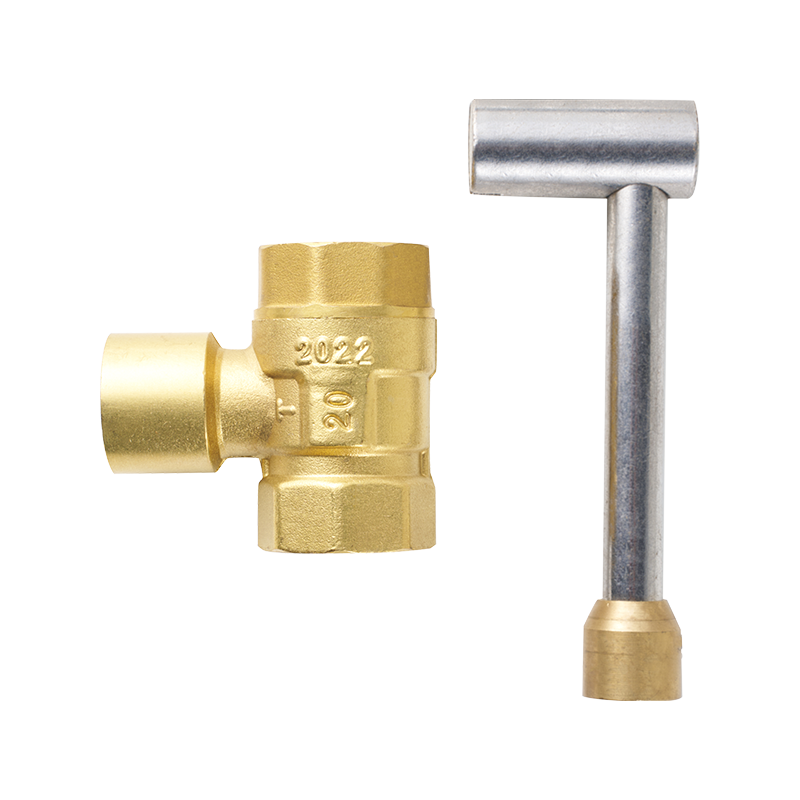
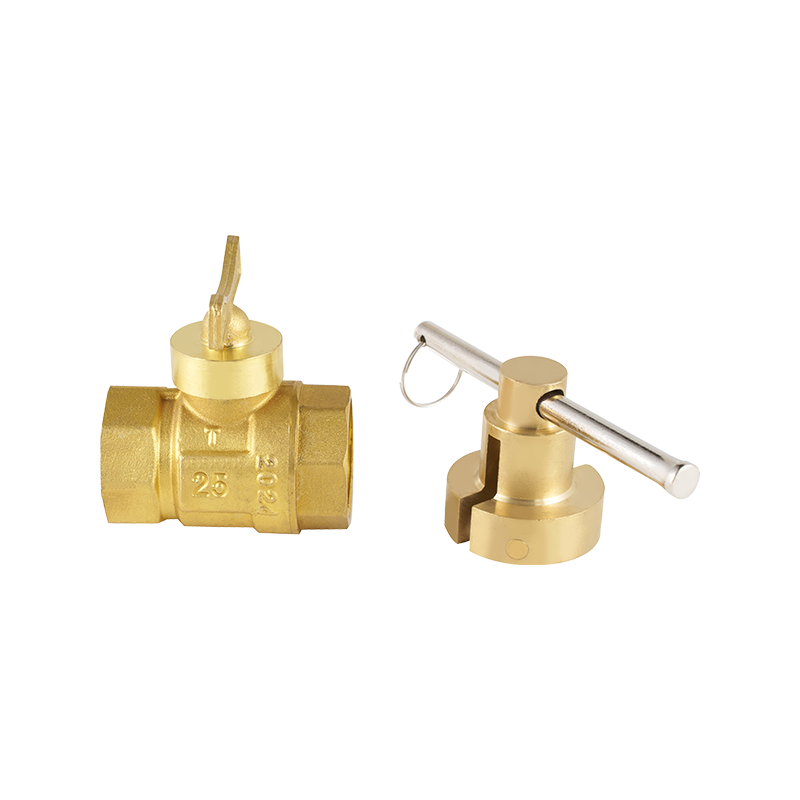
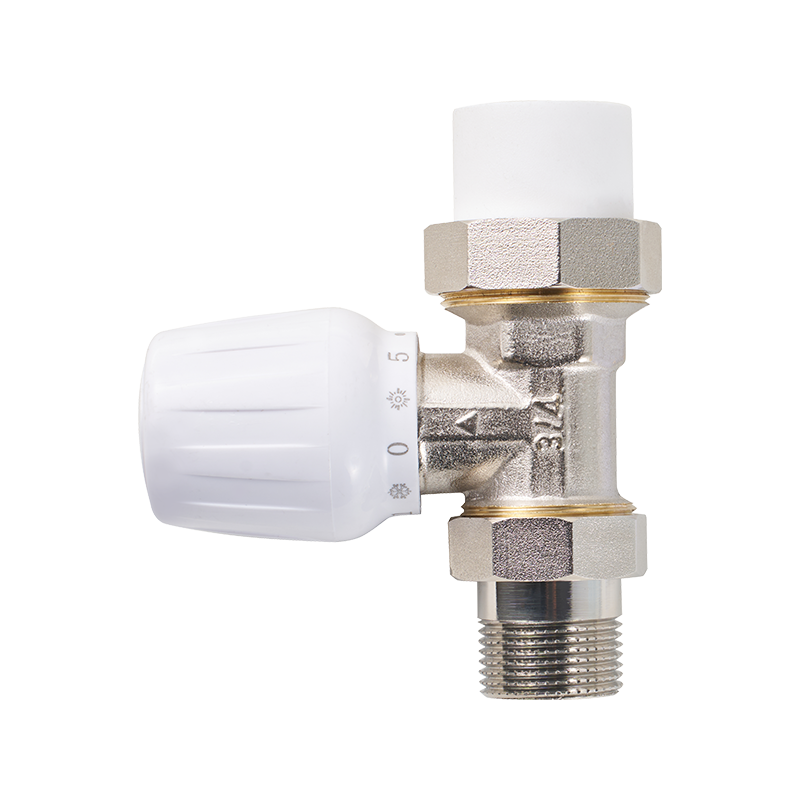

 CONTACT US
CONTACT US